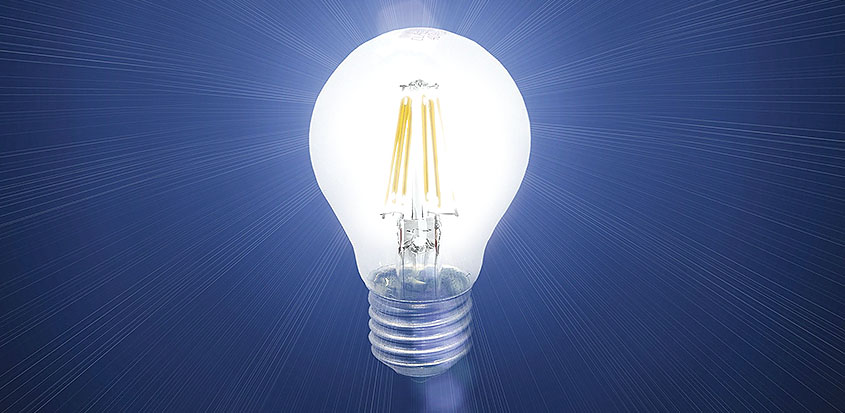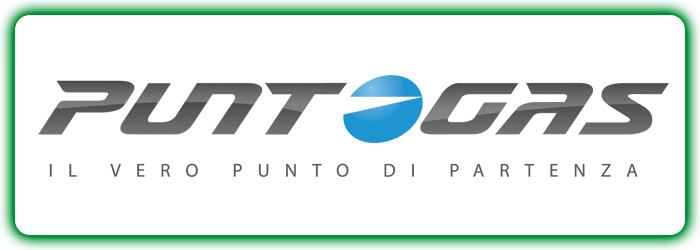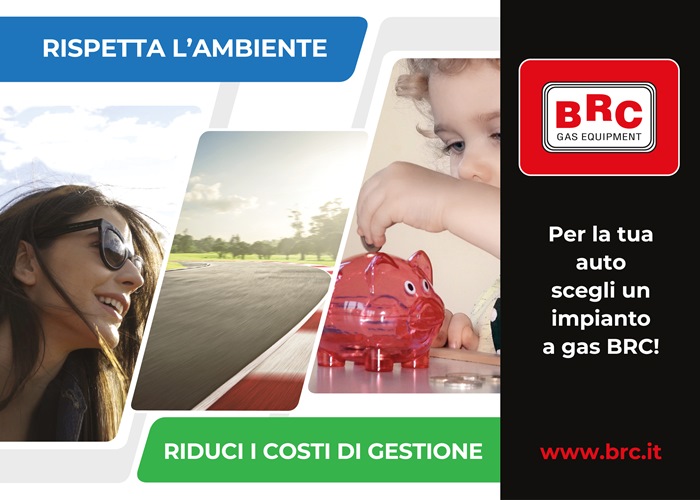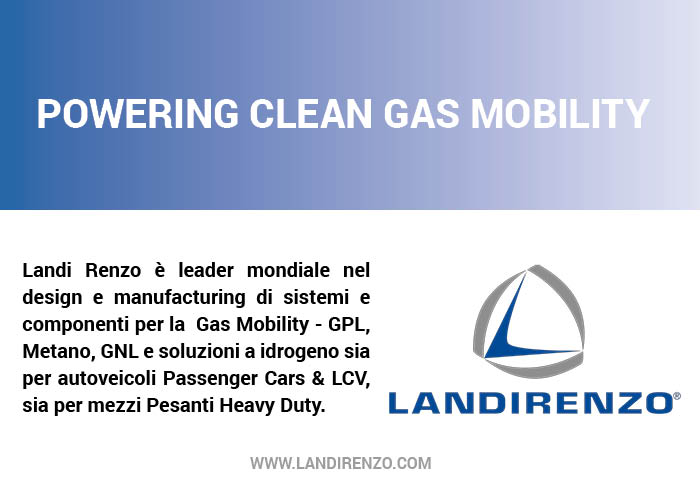The Government budget is based on the circulating vehicles – present and future. This isn’t a wild statement. In fact according to the data supplied by Acea, the European association of car producers, in 15 countries of the EU (Austria, Belgium, Denmark, Finland, France, Germany, Greece, Ireland, Italy, Luxemburg, Netherlander, Portugal, Spain, Sweden and Great Britain, basically all of the original EU countries excluding those which entered into the EU after 1995) the tax turnover on motor vehicle equals to 413 billion euros per year, an amount that is about three times the whole EU total balance.
In this amount are included all of the vehicle’s purchase taxes (VAT, sales taxes, registration taxes), propriety taxes (yearly plates fees, other road related fees) and fuel taxes. Acea General secretary, Mr. Erik Jonnaert, underlines how this sector contributes in a significant way to projects that are financed by public founds and to the general economy health. How to read these figures in light of the needs of sustainable mobility? We move on different levels. On one side we have to consider that a change in fuel involve a direct change in tax income, which imply a change of paradigm and/or an introduction of corrective measures. On the other side, if we take into consideration environment related issues in order to determinate which taxes should be applied, it is very important to evaluate the entire vehicle’s life cycle. This is done through a careful well-to-wheel analysis all the way through the car’s end of life cycle. Moreover, there is no doubt that a new mobility idea is emerging, an idea that is not solely based on electric vehicles. There is an optimization of public transportation, sharing mobility, smart work and smart vehicles, gas and biogas, hybrid systems and electric. All of these options complete a puzzle of resources and it will be mandatory to use them at their best. In the same way, it will be necessary to identify clearly the polluting sources of every producing process as well as the needs of the final customers.
BLOG COMMENTS POWERED BY DISQUS




















